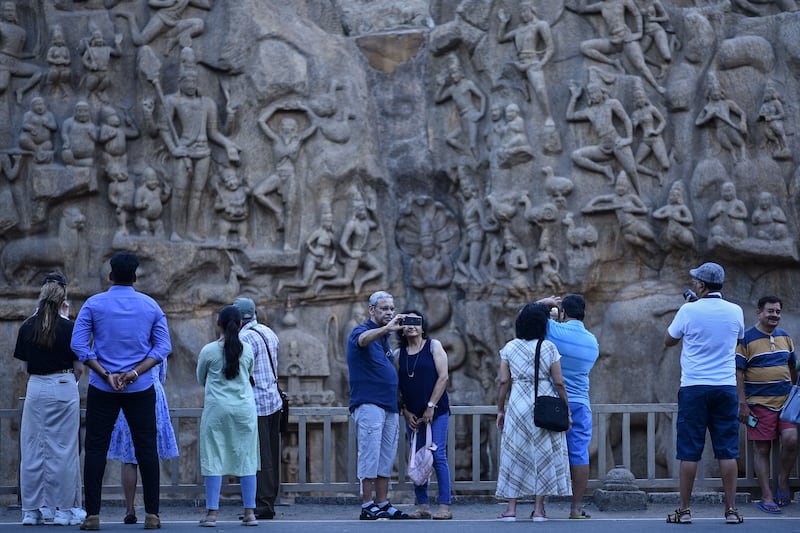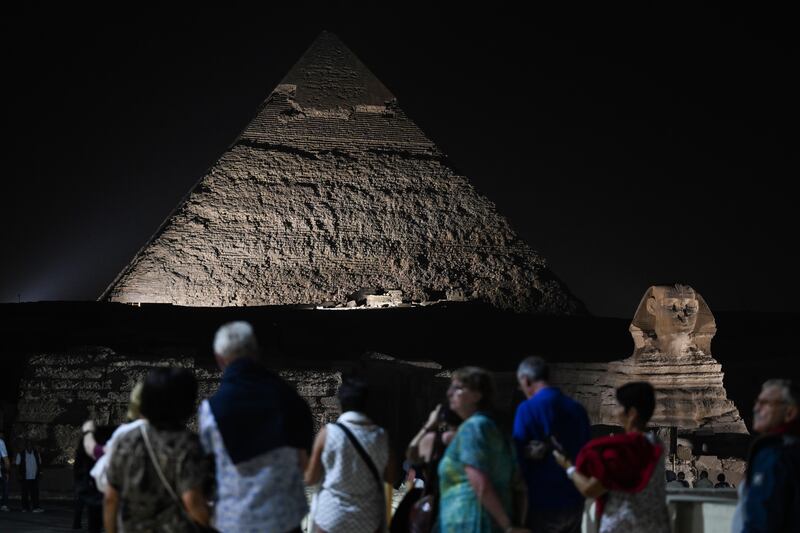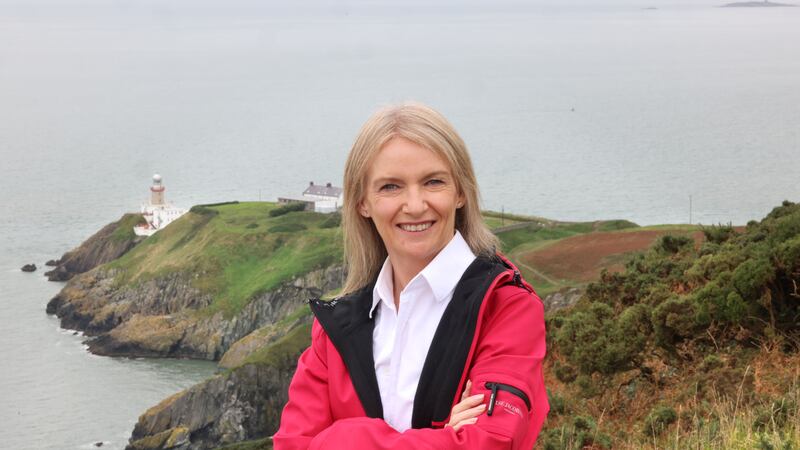As Hurricane Milton battered Florida, I couldn’t help but sadly leaf through my favorite guidebook: Florida Keys: A History and Guide. I have never been to the Keys and I don’t have any plans to visit them. But this guidebook remains beloved to me. I do not intend to ever give it up to one of the many free libraries dotting my neighborhood, even though the information in it is rapidly turning obsolete, as happens with guidebooks.
The book was written by Joy Williams. From 1987 to 2003, for 16 years, Joy Williams wrote and updated the Florida Keys guidebook, 10 times. In a scathingly honest and melancholy afterword to this edition, she writes of how over the course of those 16 years, the “rough and intriguing edges of the raggedy Florida Keys have been smoothed away” as the Keys achieved “the critical mass of a totally tourist-based economy,” partly thanks to the efforts of guidebook writers such as her.
Sixteen years is a long time in modern tourism. Entire local cultures can be standardised and re-simulated into flashier and flabbier versions of themselves. It was definitely enough time for the rascally Key West that Williams loved to fall hard for its own commodification, she writes in the afterword. As a result of the building boom “we are losing species, aquifers, open space, forests” she writes, and it cannot be recharged, replumbed, reinvested or reinvented – all those words we use to pretend that we live in a world with endless second chances. And so, it is time to stop updating this guidebook, she concludes.
Perhaps nobody was more surprised than Williams that this afterword got published. In her Paris Review interview, she writes: “Here I am, worn out and saying how shitty everything in the Keys has become, and Random House just went ahead and put the afterword in there. Isn’t that amazing?”
READ MORE
It is indeed amazing, Joy Williams! It is the last thing one expects to find in a guidebook: self-indictment. Even as the tourism industry makes all the regulation noises about sustainability and environmental stewardship, honest self-criticism is still a rare thing within this $11 trillion (€10 trillion) business. And Williams does not set herself apart from the hordes of tourists arriving in the Keys every year. It has become pretty de rigueur in the last decade or so for guidebooks to include some hand-wringing about overtourism, but usually they manage to reassure the reader that with a little thoughtfulness, they can avoid being the overtourist. But for Williams, the guidebook writer is the meta-tourist.
In fact, since modern tourism was invented in mid-19th century Europe, the guidebook writer has been a key part of this industry. They were there from its first moments, when the industrial revolution made tourism not only possible but also necessary. Until then, travel was a luxury reserved for the aristocracy. Or it was a pilgrimage. And of course, it was explorers setting out to “discover” new lands for exploitation. I call this “pseudiscovery” – the phenomenon of travelling to distant lands to find places for European consumption. The silent “p” in pseudo is for all the people and places made invisible by this process.
Colonialism fuelled the rise of industry in 18th-century England and as the wealth generated by colonialism and capitalism slowly trickled down, leisure travel finally came within the reach of the middle and working classes. Travel infrastructure was also booming: public stagecoaches traversed freshly paved roads and steamboats were taking over the rivers. Guidebooks rose out of the cultural ferment, with Karl Baedeker issuing a handbook to the Rhineland in the early 1830s, shortly followed by English publisher John Murray’s Holland, Belgium, and the Rhine guide. Both men’s publishing houses would go on to become guidebook empires.
Another beloved guidebook on my bookshelf is a Baedeker guide to Italy, from the Alps to Naples, published in 1904. My mother-in-law gave it to me when she heard of my interest in guidebooks. It belonged to her grandfather, a farmer in the American midwest. He never travelled to Europe – he bought this guidebook in an antique shop. With its elegant red cloth-binding and gold-embossed title, this guidebook is clearly from another era and it will rub this in your face early on by telling you that it is meant for the “use of those travellers who are obliged to compress their tour into a space of four or five weeks”.

What would such a traveller need? Baedeker knew his demographic well – they are from the burgeoning European middle class, mostly British and German, many of them flush with manufacturing and trading wealth. Unlike the aristocrats who went on Grand Tours with personal tutors to point out the finer details of Roman architecture, Baedeker’s readers would not have elite education but would have a healthy respect for its trappings. So Baedeker tells them where to go and what to see. His books are, above all, practical – they provide information on transportation and accommodation, detailed city maps, tables for steamboat fares, guidance on foreign customs, a glossary of foreign terms. Beginning in 1844, Baedeker started awarding an asterisk to those points of interest that a cultured traveller must not miss at any cost. Even better, he would tell them what to miss.
This approach to classifying the world is essentially an Enlightenment perspective. Edward Mendelson writes about Baedeker: “Baedeker’s science was first of all classical and Baconian.” Francis Bacon’s inductive reasoning approach left its legacy on much of European knowledge-making, and mid-19th-century guidebooks are bursting with the continent’s great confidence in this approach. They describe and classify the world, self-assured that it can be explained by the rationale of man. The man at the heart of this knowledge enterprise, noble in reason, and infinite in faculty, just happens to be a European male.

And so naturally, Baedeker’s guidebooks are peppered with patronising asides about lower classes and “Orientals” and “natives”. In guidebook after guidebook, Baedeker cautions against locals and their extortionary behaviour, from Naples to Egypt. Yet, at the same time, Baedeker’s guides were democratising the very nature of travel by making travel information easily available to many social classes that were until then excluded from the world of leisure travel. This is a contradiction that lies at the heart of tourism two centuries later.
While modern guidebooks would not dare to tell readers that “intimate acquaintance with Orientals is to be avoided, especially with the dragomans, who sometimes presume on their opportunities of social intercourse” as the seventh edition of the Baedeker guide to Egypt does, they have internalised the perspective of the world as a spectacle laid out for the pleasure and edification of westerners.
For instance, contemporary guidebooks will often refer to charming colonial quarters in countries such as India. Colonialism is charming only to those who colonised and those who continue to benefit from the generational privileges that accrued from such colonisation. Somehow guidebooks are able to talk about delightful colonial architecture without discussing the pillaging and trafficking that took place for those decorative balconies or pillared verandas to be built. It is as if colonialism was a design movement and not the most violent land-grab in history. This is not an innocent omission – it encourages the western tourist who picks up this book to ignore the geopolitical dynamics that have led to their being a leisure traveller in this particular place while most of the locals who serve them will never be allowed in as tourists in western countries. This is not an equitable relationship, and tourism is built on these inequities.
A small but growing number of guidebook writers of colour are changing the way guidebooks frame the world. Minal Hajratwala’s Fiji guidebook offers readers important historical context about the enslavement and human trafficking and subsequent anti-colonial resistance that took place on the island. We need more and more guidebooks to do this.

Last year, 2023, saw more than one billion international tourists move through the world. That number is only increasing, especially as rising disposable incomes enable wanderlust in the large middle classes of the Third World – a term I use deliberately because I prefer its poetic ambiguity to the euphemism of “developing world”. These tourists – a population the size of India or China – will be travelling in a world that is a commodified and environmentally ravaged version of itself. The entire world is now Florida Keys.
Guidebooks speak to this captive audience, whether as ebooks or print copies, whether as audio walking guides or downloaded maps. They may well be the most powerful literary genre in the world. Their history is riddled with racism and Eurocentrism and environmental apathy. But their future does not have to be.
Airplane Mode: Travels in the Ruins of Tourism by Shahnaz Habib is published by September Publishing
- Sign up for push alerts and have the best news, analysis and comment delivered directly to your phone
- Join The Irish Times on WhatsApp and stay up to date
- Listen to our Inside Politics podcast for the best political chat and analysis













